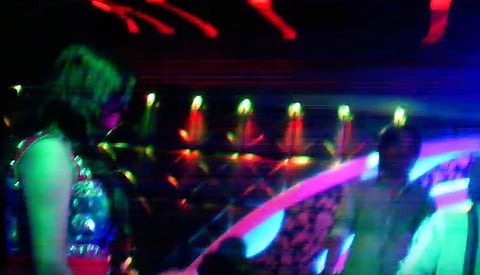

While the scintillating steps and movements of bar dancers in the splendid colours their clothes, make-up and jewellery - as is being shown shown in televisions loops – may seem alluring, the truth about their lives is dismal. It will make you wonder why many are going ecstatic over the interim Supreme Court order to lift the ban on this activity in Maharashtra.
The brazen culture of bar dancers which began in Maharashtra in early 2000 spread like wildfire with hundreds of night clubs opening in Mumbai and along the corridor of Pune and Mumbai. By the time, the state government banned bar dancers in such clubs, the number of women working as bar dancers and waitresses was a whopping 70,000. Social activists and some newspapers campaigned for the cause of re-opening them, as the women had lost their livelihoods. The state government assured rehabilitation but nothing came of it. Undoubtedly, most of these women, who were tainted with a prostitute-like image in the society, could not go back to their homes and due to lack of any other skills to earn a livelihood faced a hellish situation.
However, the answer for this sad state of affairs is not lifting of bar dancers, if one goes by the genesis of their professions, which was mostly forced upon them and they were exploited sexually and economically. While the Constitution of India gives each individual the Right to Livelihood, it also gives him or her the Right to Dignity, which is missing in this case.
PRAYAS, a field action project of the Tata Institute of Social Sciences (TISS), Mumbai conducted a `Study of the socio-economic situation and rehabilitation needs of women in dance bars’ in 2005, immediately after the ban.
Excerpts from the PRAYAS Report highlights the indignity meted out to the bar dancers, almost without exception:
HOODWINKED
Quotes of bar dancers, interviewed for the study:
"I was brought to Mumbai a year back and made to forcibly work in the bars. In the beginning, for a month, I attempted to run away but all efforts failed in this regard. Therefore, I am forced to live here.
"I was sold by my relative to a dalal for Rs.20, 000. I have to send money regularly from the earnings of working in the bar.’’
"I was deceived by my village and brought to Mumbai. I do not know the local language of Mumbai. I wish to go back to my village, bure there is no way out."
* Before coming to work in the dance bars, 96% of the women either in their village or in their present place of residence were doing some work like farming, zari work, domestic work, rolling beedis etc. 90% of women had family responsibilities and needed sustenance.
* Majority of the women informed that they had not come into this sector on their own. Before coming to Mumbai, they were told or given an impression by "middlemen" that they would get better paid jobs in Mumbai. They came to Mumbai due to this trust in these middle men.
* The average age was between 18 to 30 years and 50% of them were illiterate. 68% were married. Families of 47% did not know that they were working in bars.
Report says there were elements of human trafficking:
Inhuman hours of work and exploitation
Some of the recommendations of the PRAYAS Report: